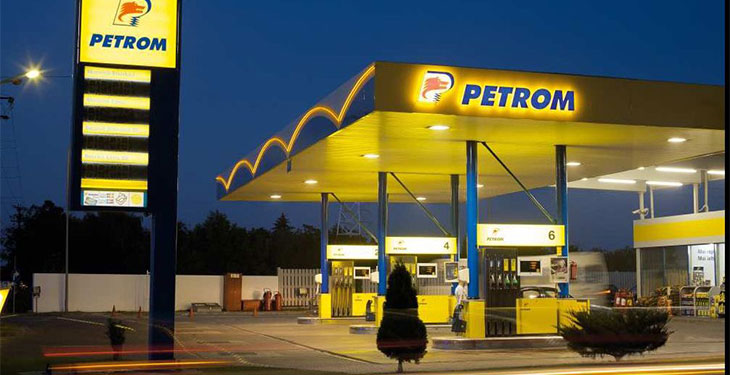OMV Petrom asked the court to cancel the order issued in May by which the National Energy Regulatory Authority (ANRE) that forced the company,m as well as Romgaz, to comply to new gas supply obligations on stock exchanges with capped starting price, the so-called gas release program, according to Profit.ro
Asked by Profit.ro if OMV maintains its approach even after the promulgation of the law which increases the percentage to be offered to 40% of domestic production, the head of the Downstream Gas segment, Franck Neel, said: “We are analyzing the opportunity to review our position, now I can not comment on what we will do legally.”
The first trial term, filed in administrative litigation at the Bucharest Court of Appeal, was set for mid-October.
The ANRE order challenged by OMV Petrom stipulates that “Between June 1, 2020 and December 31, 2022, natural gas producers whose annual production in the previous year exceeds 3,000,000 MWh have the obligation to offer the sale of quantities of natural gas, with delivery in period 1 July 2020-31 December 2022, in a transparent, public and non-discriminatory manner, on the centralized markets in Romania, in an annual percentage share of 30%.”
The offer must be made in a first stage at a maximum initial price equal to 95% of the gas price on the Austrian CEGH stock exchange. Subsequently, the maximum price will be set in proportion of 80% depending on the average price on the Romanian centralized platforms OPCOM and RCE and in proportion of only 20% of that on the CEGH. It is interesting that, after the entry into force of the ANRE order, the obligation to supply gas was introduced by the Government in the Energy Law, by emergency ordinance. Moreover, the percentage of production to be put up for sale by producers was increased by the Executive from 30% to 40%, and suppliers were forced to buy the gas thus released in centralized markets.
